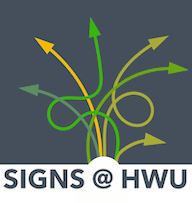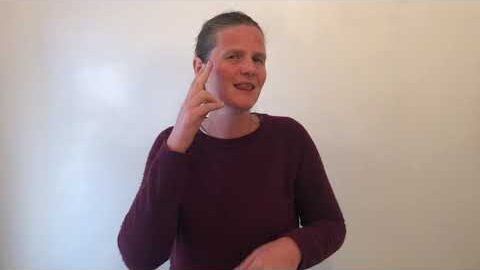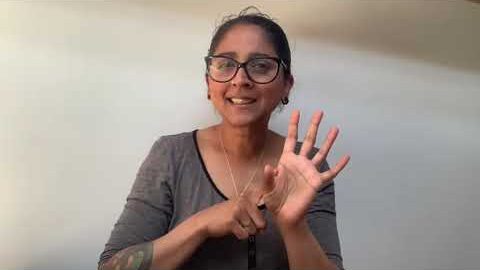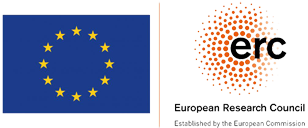The MobileDeaf project studies a spectrum of international deaf mobilities in four sub-projects.
The sub-project on forced migration takes place in Kakuma Refugee Camp in Kenya where a large number of deaf refugees from several African countries live. The sub-project on labour migration takes place in London where deaf people moved from all over the world. The sub-project on professional mobility takes place at various international deaf conferences, sports events and courses and consists of multi-sited field work. This subproject is mostly focused on the study of practices and politics of International Sign. The sub-project on tourist mobility takes place in Bali where deaf tourists mostly from Europe, Australia and the US visit and make use of tourist services catered specifically to deaf people.
We use a theoretical frame that is adaptable to the four different contexts, and yet can offer us the potential to identify patterns across the subprojects. We use two key concepts, the first of which is intersectionality, capturing how deaf people of various backgrounds are never only deaf: being deaf intersects with race, ethnicity, nationality, gender, sexual orientation, age, educational level, religion, and so on. The concept enables us to focus on how differences in power and resources lead to inequality and oppression while also investigating contexts that lead to opportunity and empowerment.
People negotiate intersectionality in their daily encounters through communicative interactions, hence the centrality of the second concept, that of translanguaging. The concept covers how deaf people make use of diverse linguistic resources, which are always multimodal. This can include International Sign, the use of different sign languages, gestures, writing and fingerspelling in different languages and scripts, mouthings, speech, drawing, and so on. As such we investigate how internationally mobile deaf people are using diverse communicative resources to align with their interlocutors. We also focus on language ideologies regarding the use of International Sign in particular and translanguaging in general.
Our research team consist of five deaf multilingual signers. Our methodology consists of ethnography, in particular participant observation, informal conversations, semi-structured interviews and focus groups. We make use of visual methods, including ethnographic fimmaking, photographs and videos created by participants and researchers.






